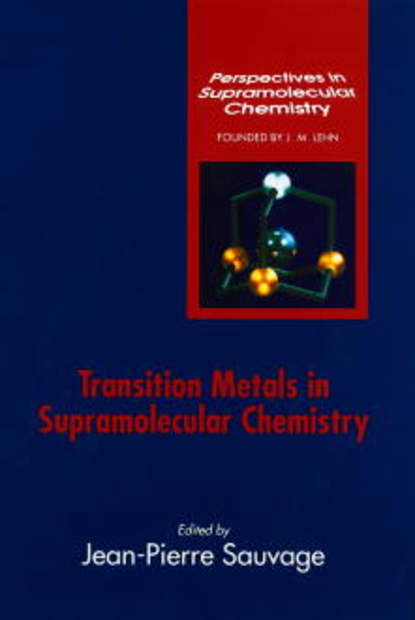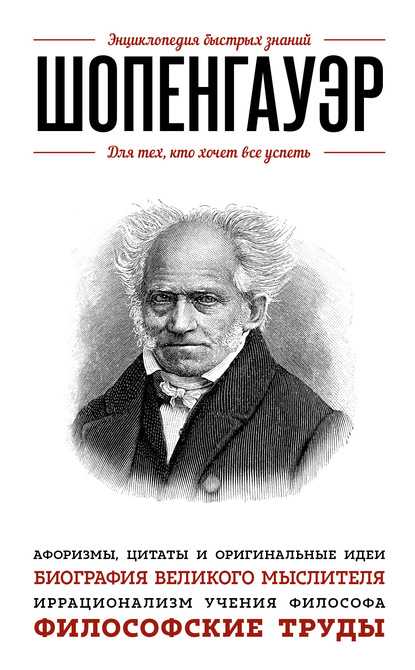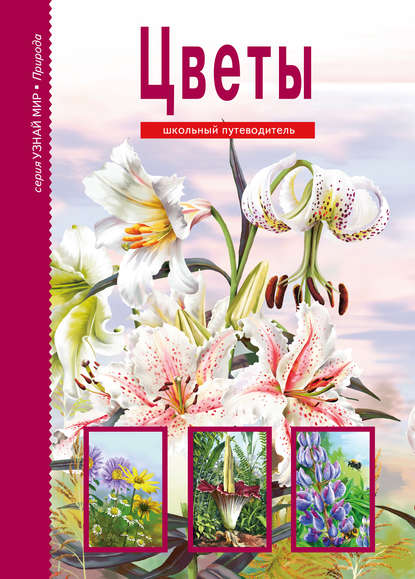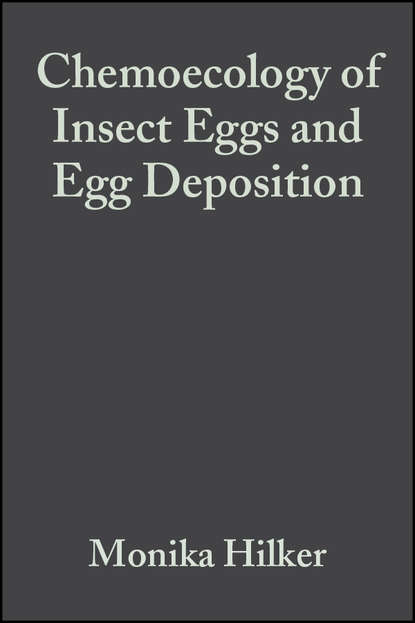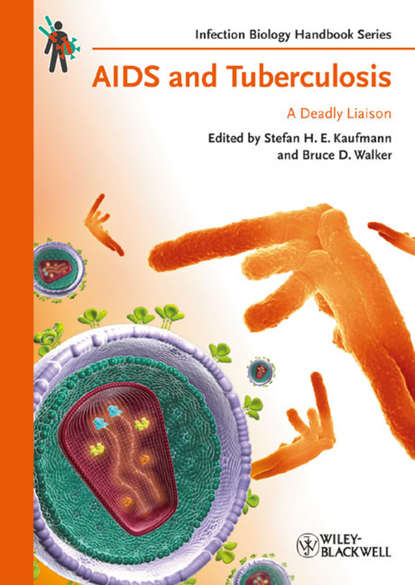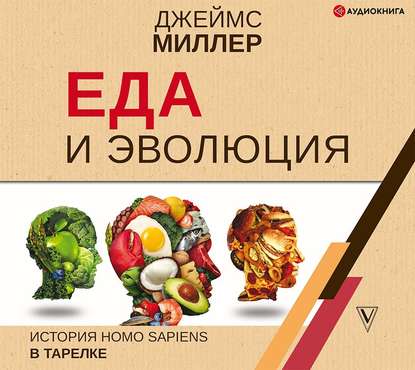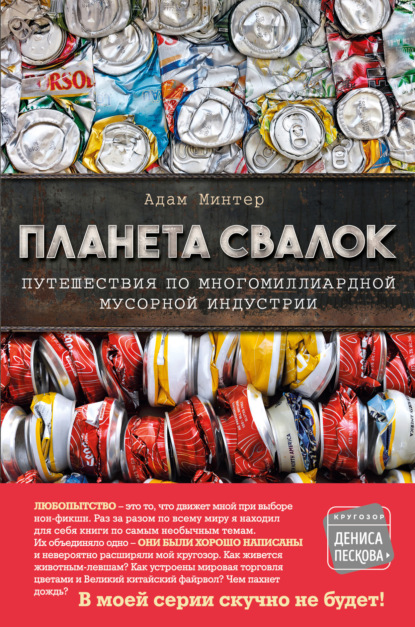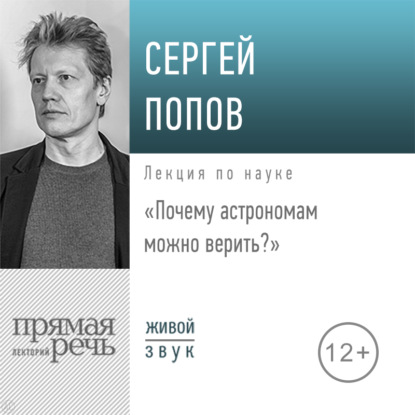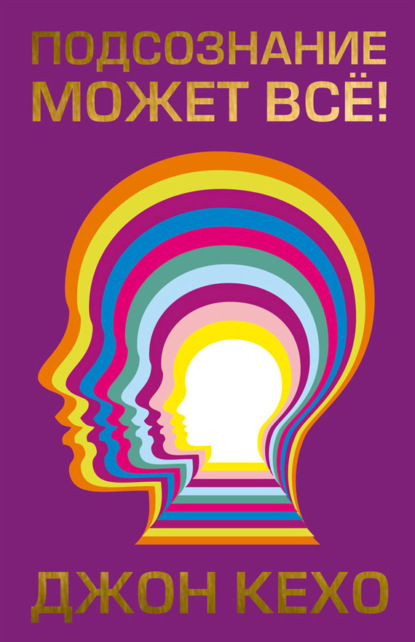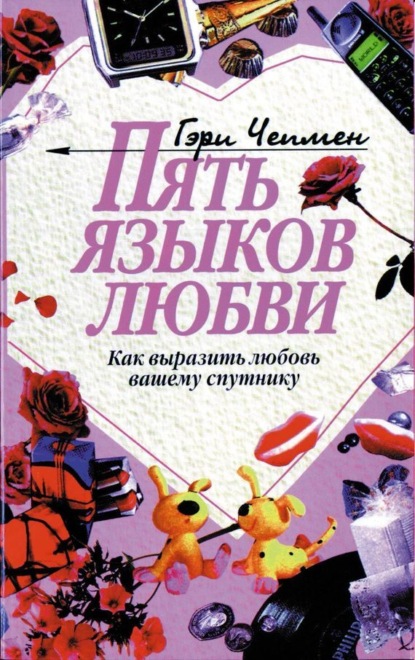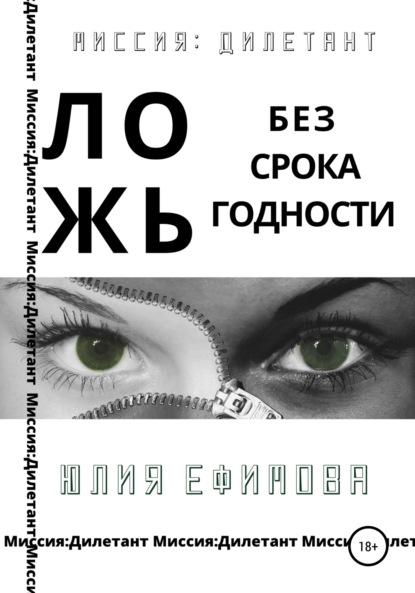Книга "Transition Metals in Supramolecular Chemistry" редактора Жан-Пьера Соважа, профессора Университета Луи Пастера в Страсбурге, Франция, посвящена современным достижениям в области супрамолекулярной химии металлов переходных элементов. В супрамолекулярной химии исследуются слабые силы и нековалентные взаимодействия между молекулами, и книга отражает последние достижения в разработке супрамолекулярных структур с новыми свойствами, такими как распознавание, транспортировка и имитация биосистем или создание новых материалов. Книга содержит главы, посвященные теоретическим и модельным аспектам, органической и неорганической химии, биохимии, материаловедению, полимерной науке и другим областям, отражающим разнообразные приложения супрамолекулярных структур в современной химии. В книге рассматривается использование комплексов металлов переходных элементов для создания крупных мультикомпонентных архитектур с новыми и захватывающими свойствами, такими как молекулярные переключатели, жидкие кристаллы и молекулярные магниты. Книга предназначена для учёных и студентов, интересующихся координационной химией, магнетохимией, молекулярными сенсорами и переключателями, жидкими кристаллами и искусственными системами.
Электронная Книга «Transition Metals in Supramolecular Chemistry» написана автором Группа авторов в году.
Минимальный возраст читателя: 0
Язык: Английский
ISBN: 9780470511503
Описание книги от Группа авторов
Perspectives in Supramolecular Chemistry will relate recent developments and new exciting approaches in supramolecular chemistry. In supramolecular chemistry, our aim is to understand molecular chemistry beyond the covalent bond – the series will concentrate on goal-orientated supramolecular chemistry. Perspectives in Supramolecular Chemistry will reflect research which develops supramolecular structures with specific new properties, such as recognition, transport and simulation of biosystems or new materials. The series will cover all areas from theoretical and modelling aspects through organic and inorganic chemistry and biochemistry to materials, solid-state and polymer sciences reflecting the many and varied applications of supramolecular structures in modern chemistry. Transition Metals in Supramolecular Chemistry Edited by Jean-Pierre Sauvage, Université Louis Pasteur, Strasbourg, France The chemistry of weak forces and non-covalent interactions as pioneered by Pedersen, Lehn and Cram is considered to be the origin of modern supramolecular chemistry. 30 years ago transition metals and their complexes were not regarded as important to this science. Transition Metals in Supramolecular Chemistry clearly demonstrates that today, transition metal complexes are routinely used to build large multicomponent architectures which display new and exciting applications including molecular switches, liquid crystals, and molecular magnets. Contents * Ligand and Metal Control of Self-Assembly in Supramolecular Chemistry * Bistability in Iron (II) Spin-Crossover Systems: A Supramolecular Function * Luminescent Sensors with and for Transition Metals * The Chirality of Polynuclear Transition Metal Complexes * Design and Serendipity in the Synthesis of Polynuclear Compounds of the 3d-metals * Rotaxanes: From Random to Transition Metal-Templated Threading of Rings at the Molecular Level * Metallomesogens – Supramolecular Organisation of Metal Complexes in Fluid Phases * Self-Assembly of Interlocked Structures with Cucurbituril Metal Ions and Metal Complexes Reflecting contemporary science, Transition Metals in Supramolecular Chemistry will inspire scientists and students interested in coordination chemistry, magnetochemistry, molecular sensors and switches, liquid crystals and artificial systems.
